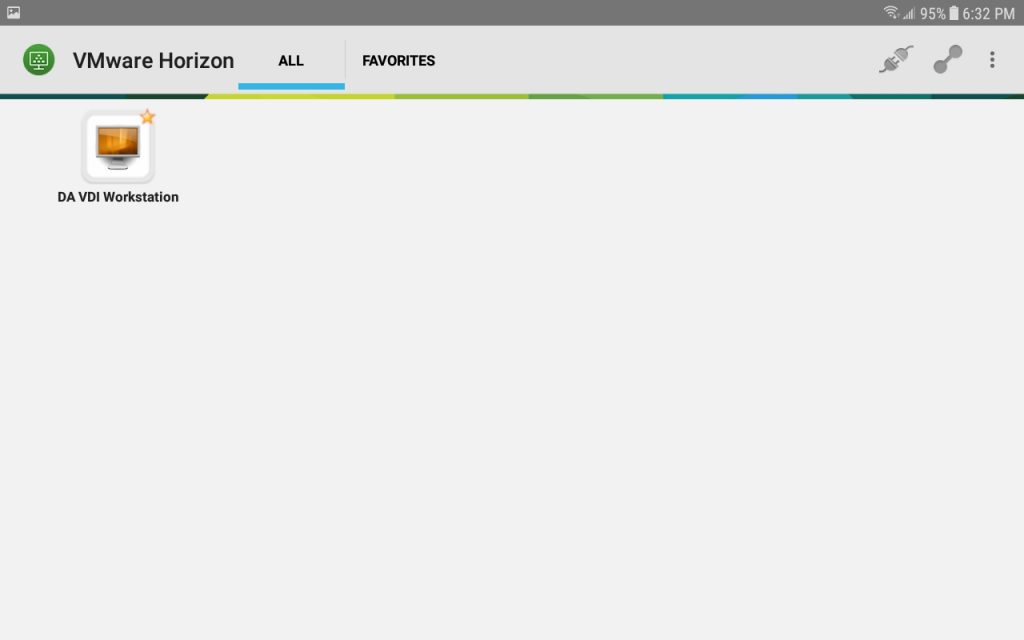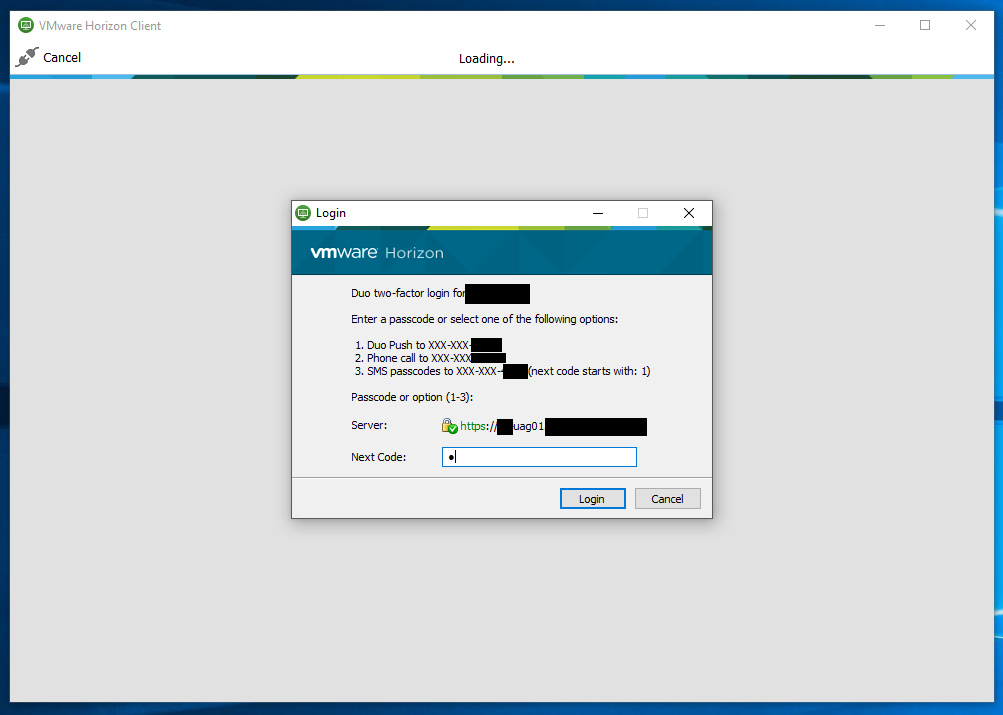

For steps, see Tutorial - Deploy Bastion with manual settings. If you haven't already deployed Bastion to your VNet, you can deploy with the native client feature specified by deploying Bastion using manual settings. To deploy Bastion with the native client feature Select the box for Native Client Support, then apply your changes. Navigate to the Configuration page for your Bastion resource. If you've already deployed Bastion to your VNet, modify the following configuration settings: You can configure this feature by either modifying an existing Bastion deployment, or you can deploy Bastion with the feature configuration already specified. To restrict port access, you must deploy the following NSG rules on your AzureBastionSubnet to allow access to select ports and deny access from any other ports.Ĭonfigure the native client support feature If you want to further secure your native client connection, you can limit port access by only providing access to port 22/3389. Configure your Windows VM to be hybrid Azure AD-joined.Configure your Windows VM to be Azure AD-joined.Enable Azure AD sign-in for a Windows VM or Linux VM.If you plan to sign in to your virtual machine using your Azure AD credentials, make sure your virtual machine is set up using one of the following methods:.Copy the Resource ID at the top of the page to your clipboard to use later when connecting to your VM. Go to the Overview page for your VM and select the JSON View link to open the Resource JSON.


The Resource ID can be easily located in the Azure portal.



 0 kommentar(er)
0 kommentar(er)
